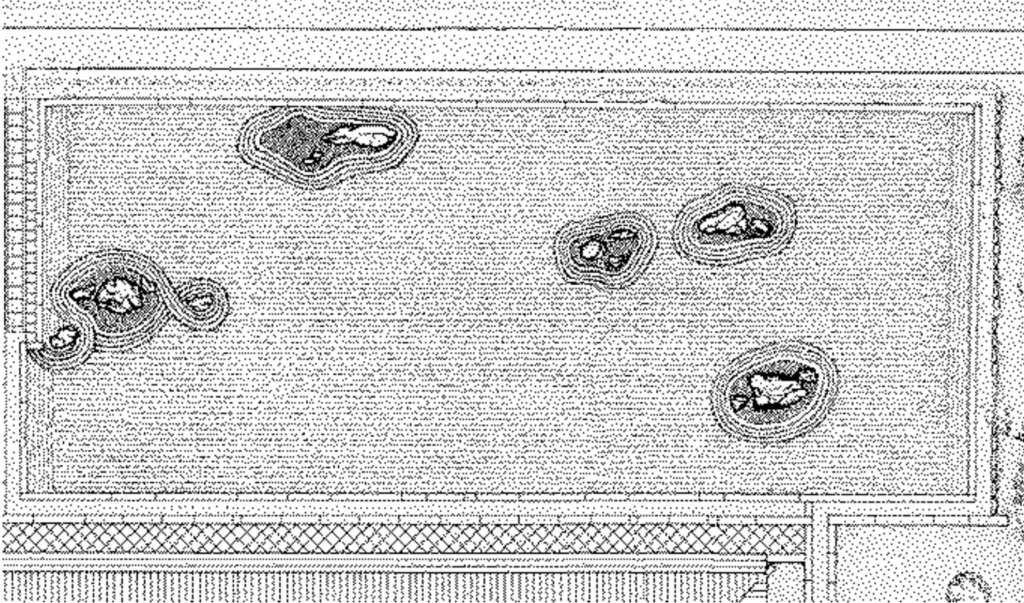During the Muromachi period in Kyoto, Japan, zen gardens, also known as Karesansui, were often created at temples of Zen Buddhism as a way for people to connect with the calmness of nature. Their intended purpose is to use natural elements like sand, stone, wood, and gravel to encourage a sense of relaxation for meditation. These materials are commonly connected to the simplicity of nature. Additionally, zen gardens are often enclosed by walls to separate the place of meditation and peace from the stress of the outside world.
